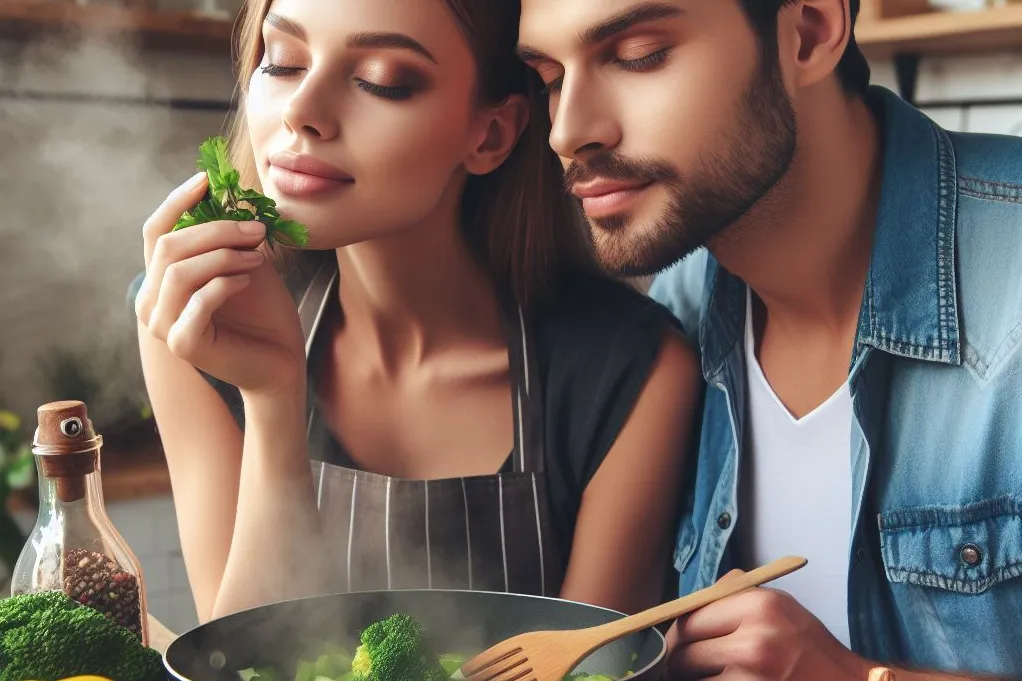Seeking to pack a punch for the next stew or soup? Check out how Sautéing will make any boring vegetable into a miracle cure!

One foundational step in crafting delicious stews and soups, regardless of the chosen aromatic base (French mirepoix, New Orleans holy trinity, or a simpler leek-garlic combo), involves the initial sautéing of vegetables.
Flavor Science
But why a simple carrot smells different when chopped versus whole? The magic lies in the intricate chemistry of plant cells. Each vegetable holds a symphony of aromatic molecules locked within its walls. While raw vegetables offer their own unique fragrance, it’s the act of cutting, grating, or otherwise rupturing these cells that unlocks their true potential.
Think of it as a hidden orchestra waiting to perform. When cell walls break down, specific chemical precursors come into contact, sparking a cascade of reactions. Heat and time further accelerate this process, leading to the formation of entirely new flavor compounds.
Onions provide a fascinating example. Freshly cut onions are relatively odorless. However, specific chemicals within (aptly named “lachrymators”) quickly combine, releasing the familiar pungent aroma. Leave a cut onion sealed overnight, and you’ll witness the transformation intensify! The subsequent application of heat further alters these compounds, creating a mellow sweetness that complements countless dishes.
By understanding this science, we can approach vegetable preparation with intention, maximizing flavor and unlocking the full potential of our culinary creations.

Sauté or not to Sauté
Why do vegetables simmered in water lack the aromatic punch of those sautéed in oil?
The Power of Heat
Water boils at 212°F / 100°C, limiting the temperature vegetables can reach. This restricts crucial reactions, like the Maillard browning responsible for rich, caramelized flavors. However, sautéing in oil allows for higher temperatures, unlocking these flavorful transformations.
Concentration Matters
Vegetables simmering in a large pot of water have ample room for their aromatic molecules to disperse and dilute. In contrast, sautéing concentrates these molecules in a smaller amount of oil, fostering reactions and intensifying aromas. The telltale fragrance of sautéed onions exemplifies this phenomenon!
Maximizing Flavor
While some vegetables (carrots, celery) can contribute their essence directly to simmering liquids, others (onions, garlic) require the initial boost of sautéing in fat. This unlocks their full flavor potential, enriching the final dish.
While tempting, skipping the sautéing step can sacrifice depth of flavor. For optimal results, consider sautéing certain vegetables in a small amount of healthy fat before incorporating them into our culinary creations.
Summary
- Sautéing provides additional flavors to vegetables
- Higher temperatures allow chemical reactions such as Mallard and caramelization to take place.